World Space Week: Tribology in Space!
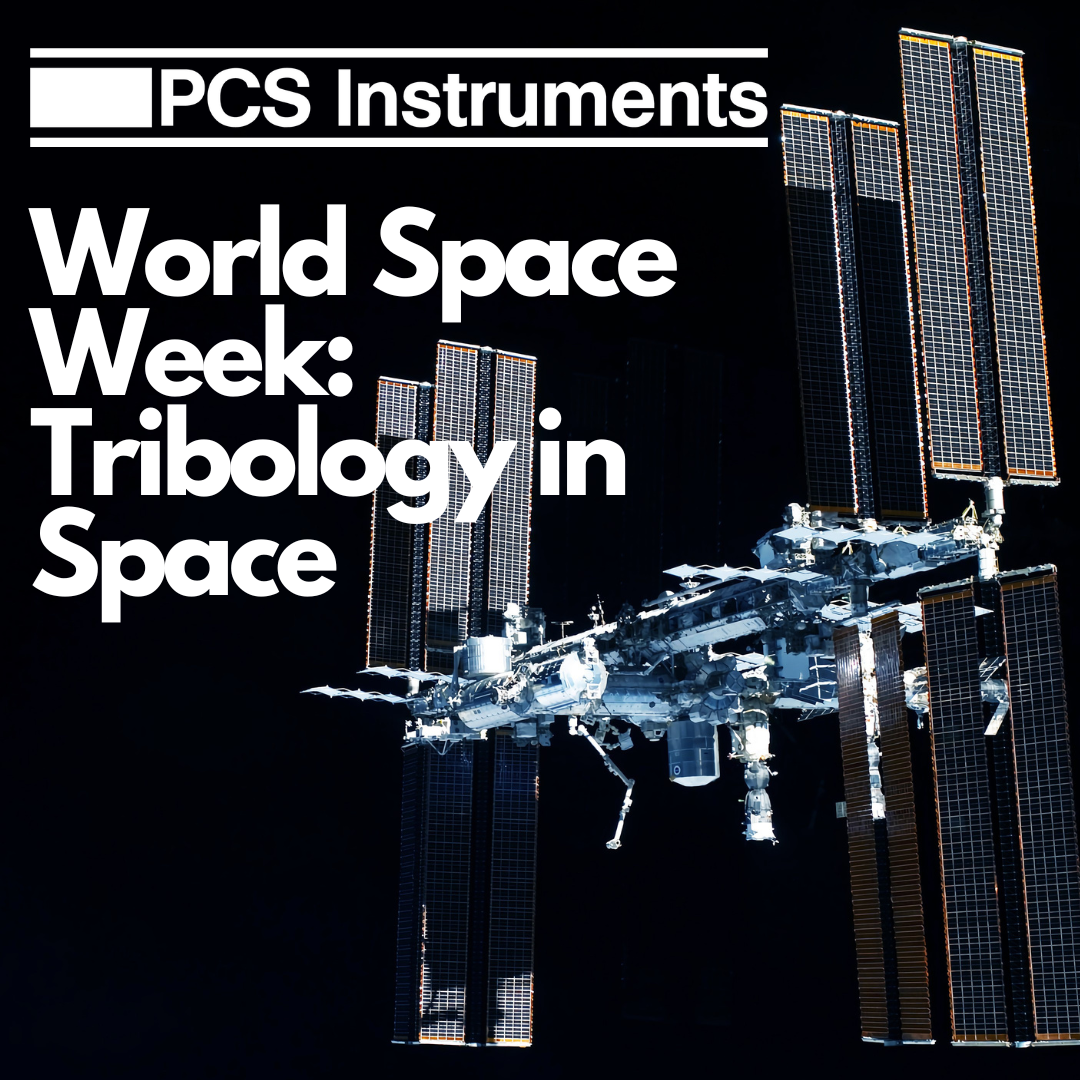
The world of space exploration is filled with awe-inspiring achievements, many of which owe their success to the detailed considerations of tribology. Whether it’s the roar of a rocket’s turbopump or the delicate adjustments of a space telescope, tribology is often the unsung hero. For the second part in our World Space Week series, let’s dive into real-life instances where tribology has played a pivotal role in space exploration.
Turbopumps and gimbals
One of the most iconic rockets, the Saturn V, which carried astronauts to the Moon during the Apollo missions, had huge engines, called the F-1 (and still the most powerful rocket engine ever flown!). Turbopumps in the Saturn V’s F-1 engines had the colossal task of channelling the liquid oxygen and kerosene, the rocket’s propellants, into the combustion chamber.
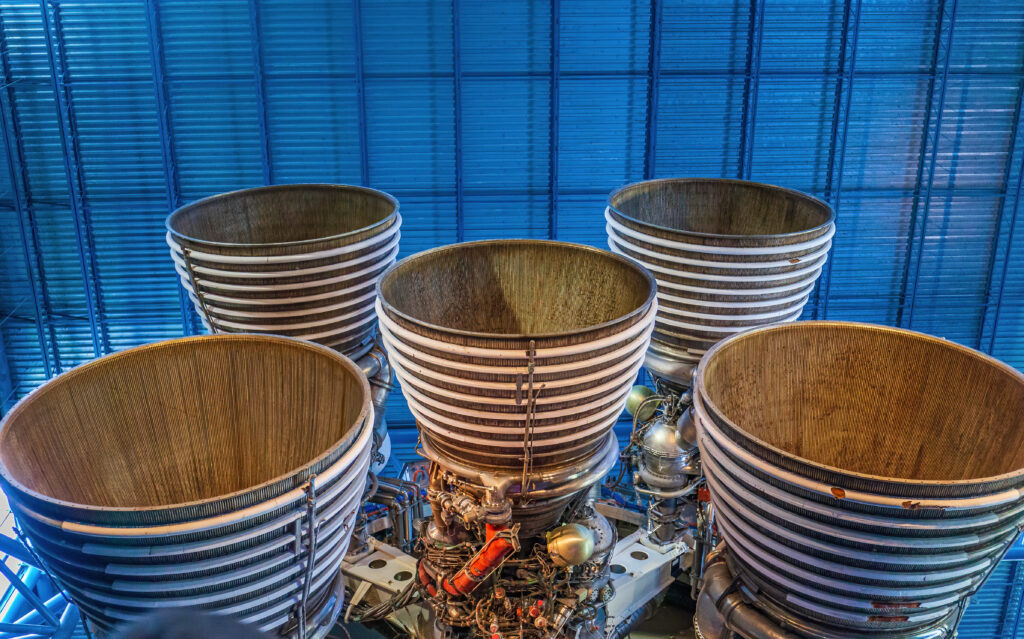
The pumps were required to operate under extreme thermal gradients, substantial pressures, and at phenomenal rotational speeds, creating a whole host of challenges centred around tribology. They were designed so well however, that they could reliably move around three tons of fuel into the Saturn V engines every second!
Moreover, the engines themselves were mounted on gimbal bearings, which allowed the rockets to direct their thrust so they stayed going in the right direction. These needed to be lubricated in much the same way the turbopumps were – having to deal with a vast thermal gradients and pressures, as well as the vibrations of the launch of the worlds most powerful rocket.
Solar Array Drives
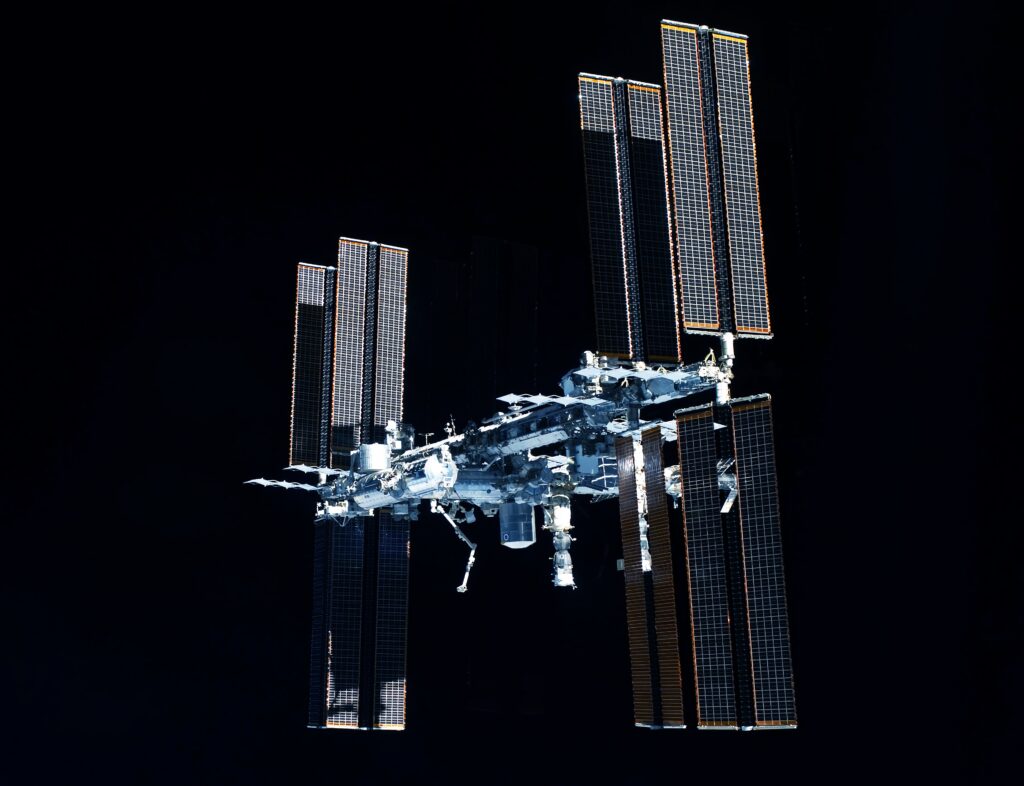
The International Space Station (ISS) orbits Earth approximately every 90 minutes. To continuously power itself, the ISS’s vast solar arrays must keep tracking the Sun. The drives responsible for this tracking face tribological challenges in the vacuum of space, including extreme cold, the zero-g environment, and actually extreme heat as well (in direct sunlight without protection, temperatures in direct sunlight can be more than 130°C).
The Juno spacecraft is a great example of how important keeping these drives properly lubricated is. Orbiting Jupiter, Juno’s solar array drives operate under incredibly unique conditions. Juno is the farthest solar-powered spacecraft from Earth and has to operate where sunlight is 25 times less abundant compared to what we receive on Earth. The drives in Juno’s solar arrays need to be exceptionally reliable, adjusting the arrays to receive maximum sunlight continually. The tribological considerations here have been crucial to ensure that Juno’s solar arrays maintain optimal performance in Jupiter’s vicinity, and it has been successfully flying since 2011.
Gyroscopes
The Hubble Space Telescope, orbiting Earth and providing breathtaking images of our universe, uses gyroscopes to stabilise and orient itself. In 2019, Hubble faced issues with one of its gyroscopes, highlighting the importance of these devices. The bearings and lubrication within these gyroscopes must function impeccably to ensure telescopes like Hubble can point accurately and capture clear images.
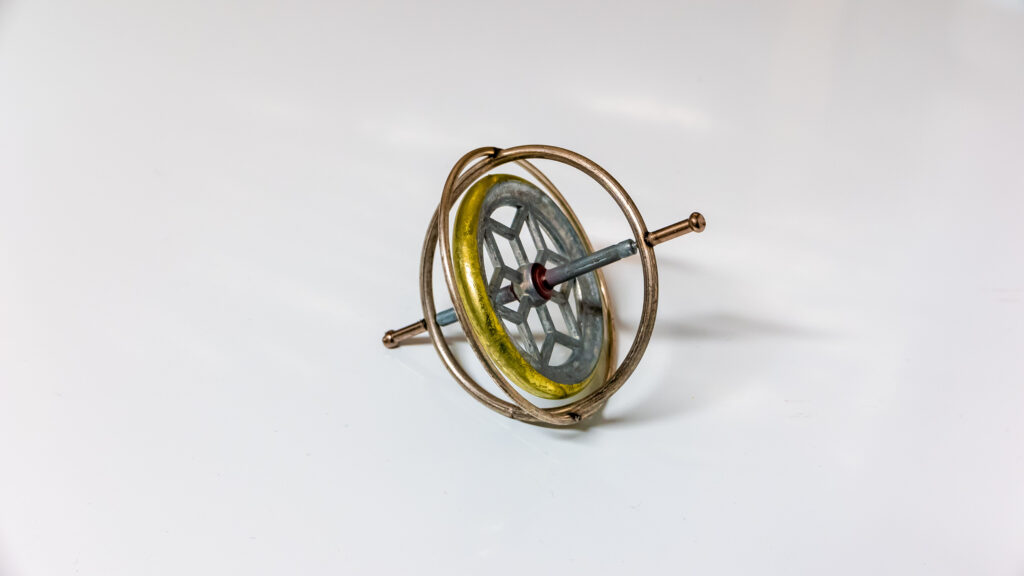
Gyroscopes work really fast, usually spinning around 8,000 to 20,000 times a minute and they have to be incredibly accurate. That means the bearings which help the gyroscope to spin smoothly, are crucial. If these bearings wobble or get too hot for example, it can throw the gyroscope off – losing its base position. Gyroscopes in space need special kinds of lubricant that don’t wear away quickly, don’t create a lot of friction, and don’t evaporate easily. Also, only a small set amount of this oil is used, and it needs to last for the entire life of the gyroscope, keeping things smooth and working right.
Rovers and Landers
The Mars rovers, such as Curiosity and Perseverance, are exemplary showcases of tribology in action on another planet. With Curiosity having roamed Mars since 2012, it has faced numerous severe challenges in space, including a wide range of environmental conditions.
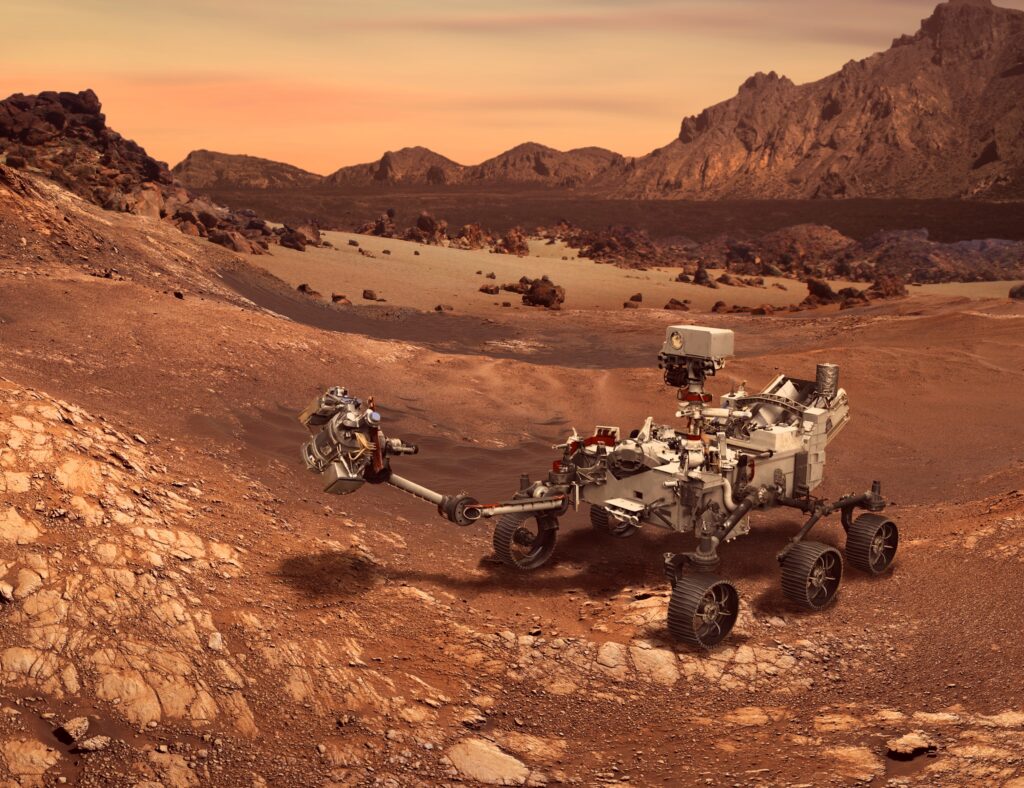
In space, the lack of pressure (vacuum) can actually suck the oil out of the lubricating grease, a process known as out-gassing, essentially leading to the grease evaporating. This is problematic for two main reasons. Firstly, the oil can be entirely depleted by the vacuum, leaving only the solid components of the grease and potentially causing the protected component to fail due to lack of proper lubrication. Secondly, the evaporated material can settle on different parts of the spacecraft like the optical instruments, contaminating them and possibly causing them to malfunction or operate unpredictably.
Another big concern in space is the extremely cold temperatures, which can go as low as -70°C! Usually, a thin, lightweight fluid works best as a lubricant in such freezing conditions. However, space equipment can also face very high temperatures, making the lubricant very runny and causing it to release gases more readily. So, creating lubricants for space is a balancing act—they need to work well in extreme cold without turning to gas and escaping in warmer conditions.
Telescope Mechanisms
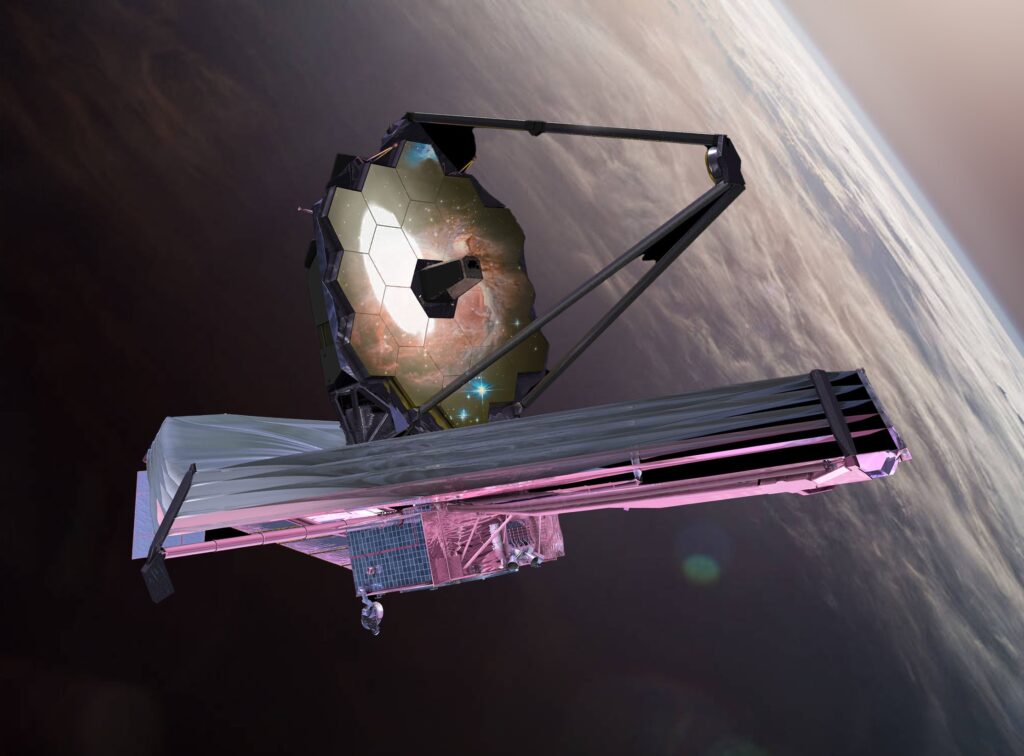
The James Webb Space Telescope, the successor to Hubble, is designed with an intricate mirror system. To focus on distant galaxies and star systems, its mirrors require minute adjustments. The actuators that make these adjustments have been designed with tribological considerations to ensure they move smoothly, without causing misalignments or introducing vibrations that could blur the images.
Newton’s third law tells us every action has an equal and opposite reaction, a principle used by the Hubble Space Telescope to move. The Hubble has four large wheels controlled by its computer; when one wheel spins one way, the telescope moves the other. Adjusting the speed of these wheels allows Hubble to point anywhere in the sky. Even though the wheels are smaller than car tires, in space, they can move the massive telescope because they spin fast. These reaction wheels have to be perfectly lubricated or else The Hubble Telescope wouldn’t be able to move!
These real-life examples underscore tribology’s essential role in space travel and science. The precision, reliability, and durability demanded by space missions shows the huge importance of understanding friction, wear, and lubrication in machinery. When we celebrate achievements in space, it’s worth remembering the intricate details, like tribology, that make them possible!
To stay updated with the newest industry insights through our articles and news, click here!
